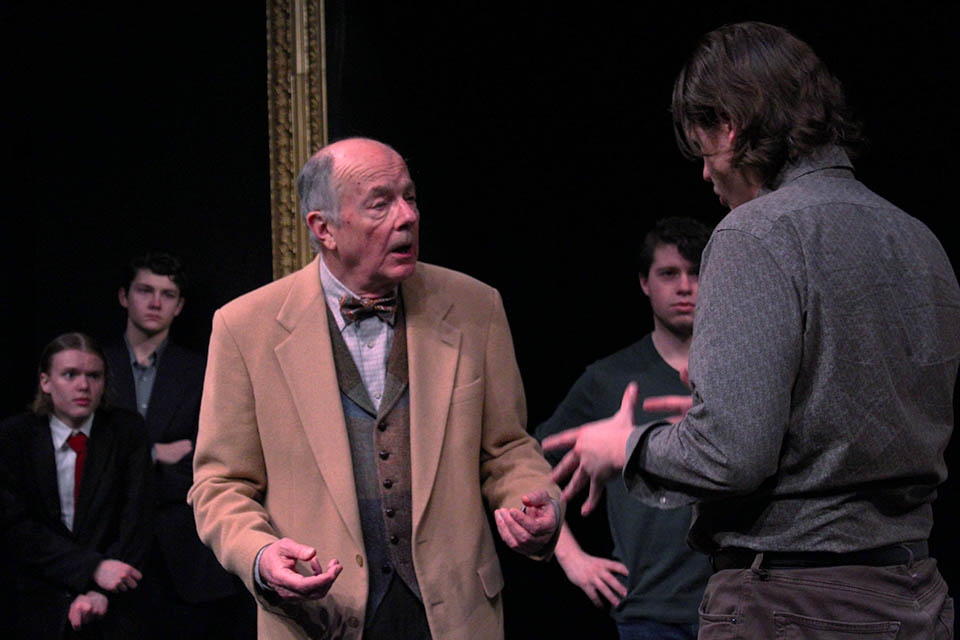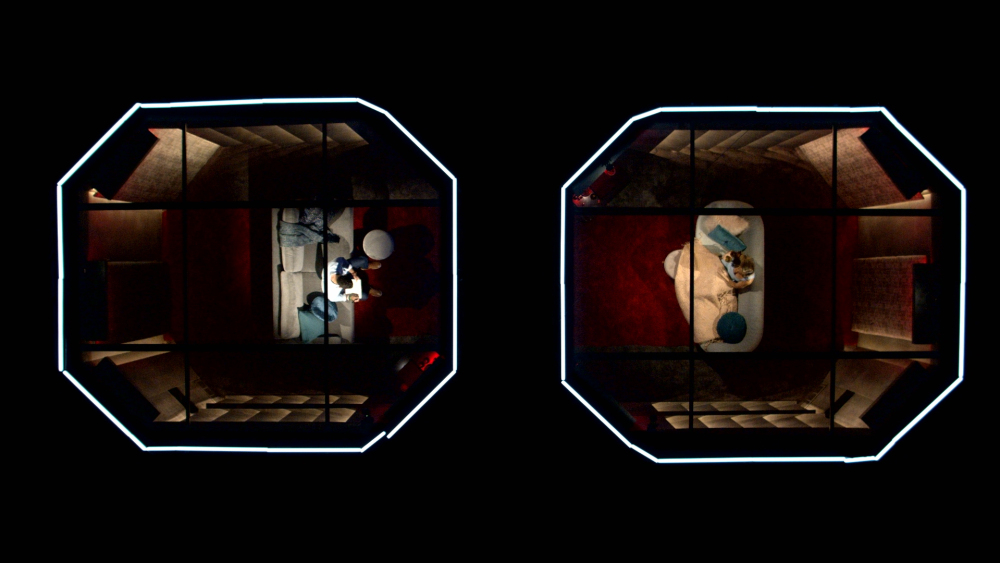Josiah Martin | Arts & Entertainment Editor
10/24/19
Paul Rudd has a reputation for being an endearing and reliable actor – a reputation he proves himself worthy of in Netflix’s Living with Yourself. In the series, Rudd expertly portrays two versions of Miles Elliot – a non-threatening, slobbish advertising writer, and his more confident, personable clone.
In the first episode, Miles attempts to better himself by going to a mysterious spa, which turns out to be a cloning facility. The original Miles wakes up in a makeshift graveyard in the woods, and the new Miles wakes up in the spa, both unaware of each other until they meet by accident. They then must figure out how two men can share one existence.
What stands out about Living with Yourself is the seamlessness in Rudd’s performance. He appears to flip effortlessly between two characters who, despite being literally the same person, both display distinctly different personas and outlooks. Particularly gripping, however, is the way that these characters slowly bleed into each other, as original Miles shows glimmers of the confidence that is characteristic of his clone, and new Miles slowly begins to cave to the struggle with his situation.
Additionally, the cinematography of this series is an acrobatic feat. Gone are the choppy edits and stunt-double-filmed-from-the-back gimmicks of dual roles in the past. I scoured this series with a fine-toothed comb looking for any slightly subpar shot: any glimpse of a false Paul Rudd, any weird, wavy matte line in the middle of the frame, splitting the two. I found nothing.
At one point, one Miles tosses a shirt across the frame to the other, who catches it and puts it on. I rewatched it several times, I’m not sure how it was pulled off. In another episode, a minute-long conversation between the two is done as an unbroken shot, where they weave around the room and behind each other. That’s even more incredible. Many episodes focus almost solely on the two Mileses and their interactions, and at no point did the crew take the easy way out in painting a realistic and non-distracting world.
In keeping with a noticeable trend in recent television, while I would describe Living with Yourself as a comedy, its humorous moments are tastefully sporadic. The comedy mostly lies in the characters coping with their situation, such as Aisling Bea as Miles’ wife, Kate, on whom the fifth episode largely focuses. She bounces adeptly between struggling to cope with the weight of her situation and throwing up her hands in comical resignation at Miles’ unmatched obliviousness and ineptitude.
That’s the power of this series – how its concept is handled. This isn’t Multiplicity. The idea of having a sudden identical twin isn’t just played up for laughs. The show wastes no time getting into the issues – personal, emotional and practical – that Miles’ conundrum presents. The first few episodes play like a science-fiction version of Office Space, as New Miles excels at his job, but almost immediately, the impossibility of sharing a life tears both of our protagonists apart.
I would certainly recommend Living with Yourself to fans of Paul Rudd, fans of dark comedy and fans of Netflix-era concept-driven shows like Russian Doll. If you want to see a character work through an impossible conflict as two versions of himself, and believe me, you do, this is the show for you.




